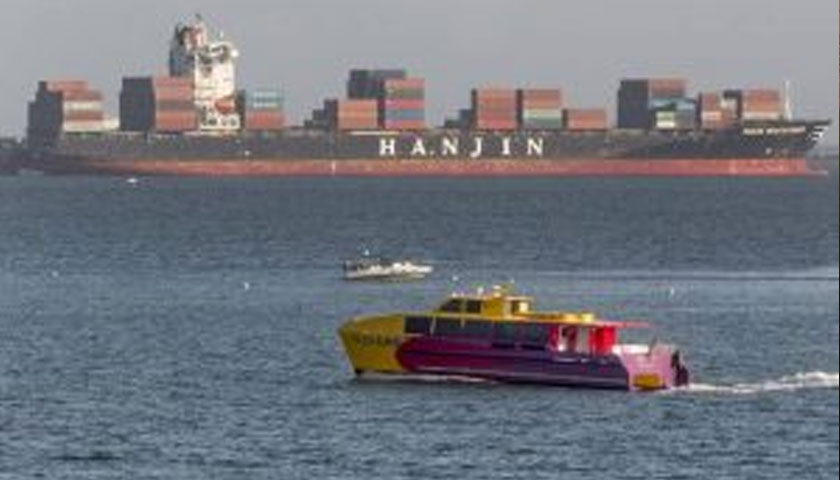Fallout from Hanjin’s bankruptcy has potential to impact ocean rates and capacity in the short-term
With Korean ocean carrier Hanjin Shipping, the seventh largest ocean liner in the world that handles roughly 7% of U.S.-Asia cargo, filing for bankruptcy earlier this week, what happens next in regards to what happens to the cargo that was moving on Hanjin vessels at that time, as well as its subsequent short-term impact on the global supply chain remains far from clear.
These impacts may be on multiple fronts like rates and capacity, as well as Hanjin’s role in “The Alliance,” that is set to take effect in April 2017 and also included Nippon Yusen KK, Kawasaki Kisen Kaisha Ltd., Mitsui O.S.K. Lines Ltd (all out of Japan), Germany-based Hapag Lloyd AG, and Yang Ming Transportation Group out of Taiwan.
Hanjin’s bankruptcy comes at a time when retailers are gearing up for the fall shipping season, its busiest tine of the year in advance of the holidays. And its impact is already being felt, with the Wall Street Journal reporting that Asia-based freight brokers estimate that roughly 25,0000 containers cross the Pacific Ocean on Hanjin vessels on a daily basis, and that on August 31 three of its vessels scheduled to berth at the ports of Los Angeles and Long Beach, with cargo headed to retailers, factories, and warehouses, were marooned indefinitely. And it added that port terminals throughout the U.S. said they will turn away outbound containers destined for Hanjin ships, which, in turn, forces “U.S. exporters to rebook, truck, reload and repack their cargo into other carriers’ containers.”
See Full article @logisticsmgmt.com
